SUMMARY
This is AI generated summarization, which may have errors. For context, always refer to the full article.
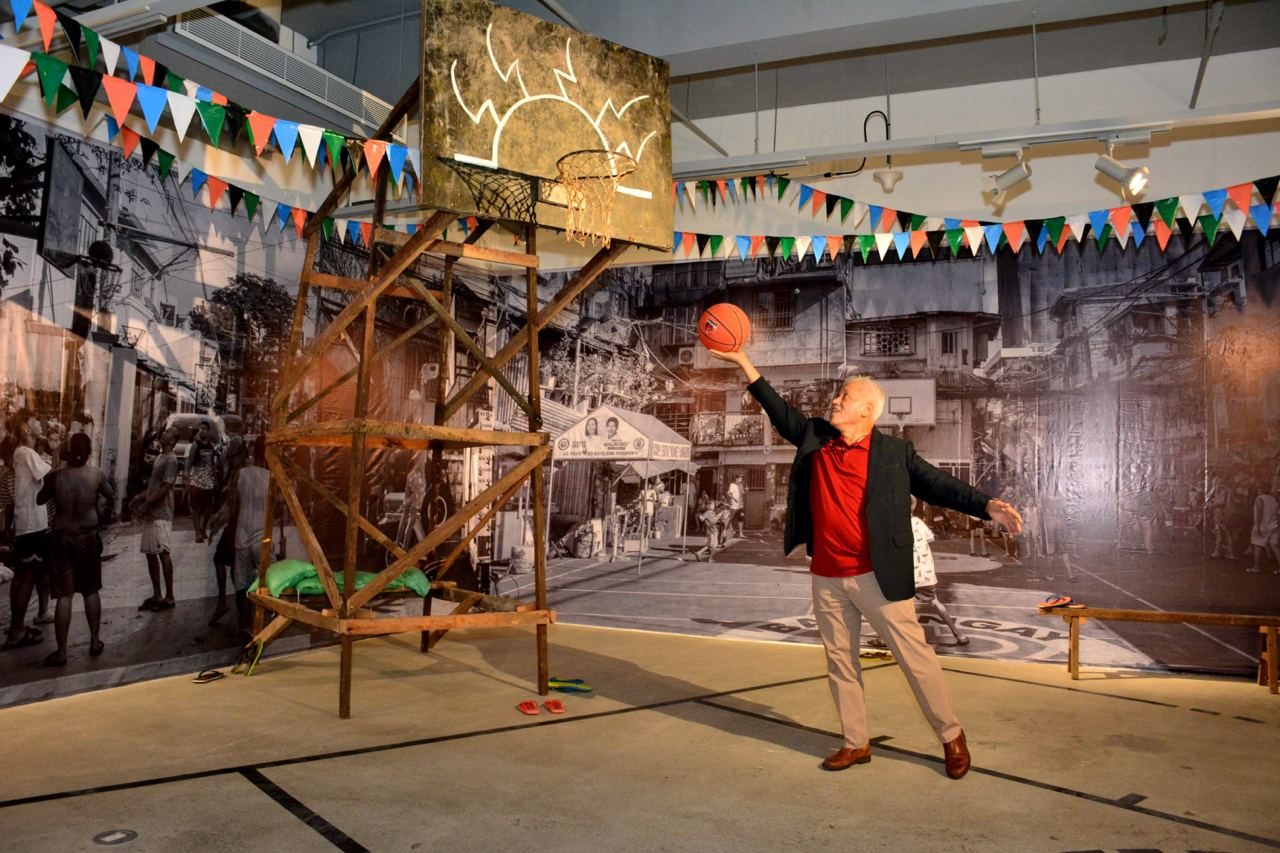
MANILA, Philippines – When was the last time you hung out at your local plaza? At least for many stressed-out residents of Metro Manila, it’s probably been a while.
In most big cities and especially in Metro Manila, the idea of a public space has been reduced to the Starbucks on every corner, or the labyrinthine malls that promise air-conditioning and semi-decent bathrooms in exchange for your participation in capitalist rituals.
In this landscape, plazas have been all but forgotten – and yet many of them still stand in all parts of the country, hinting at their potential to once again become the go-to public space for city-dwellers.
According to architect and urban planner Paulo Alcazaren, plazas have been around for hundreds of years, and are “the central element in Philippine towns and cities.”
On exhibit
Alcazaren has documented plazas for over 20 years, sharing his work in an exhibit, Places of Memory, Places of the Heart: Plazas in the Philippines, which is running at the Metropolitan Museum of Manila.
Growing up in the suburbs of Quezon City, Alcazaren had never seen a park or a plaza until he was seven years old, and his parents sent him to spend the summer in Cebu, one town away from Argao where he was born.
“That’s where I first experienced a public space. Even as a child, I could just walk across, enjoy the space. And then every noon time, every 6 am, noon, and 6 pm, you hear the Angelus Bell,” he recalled.
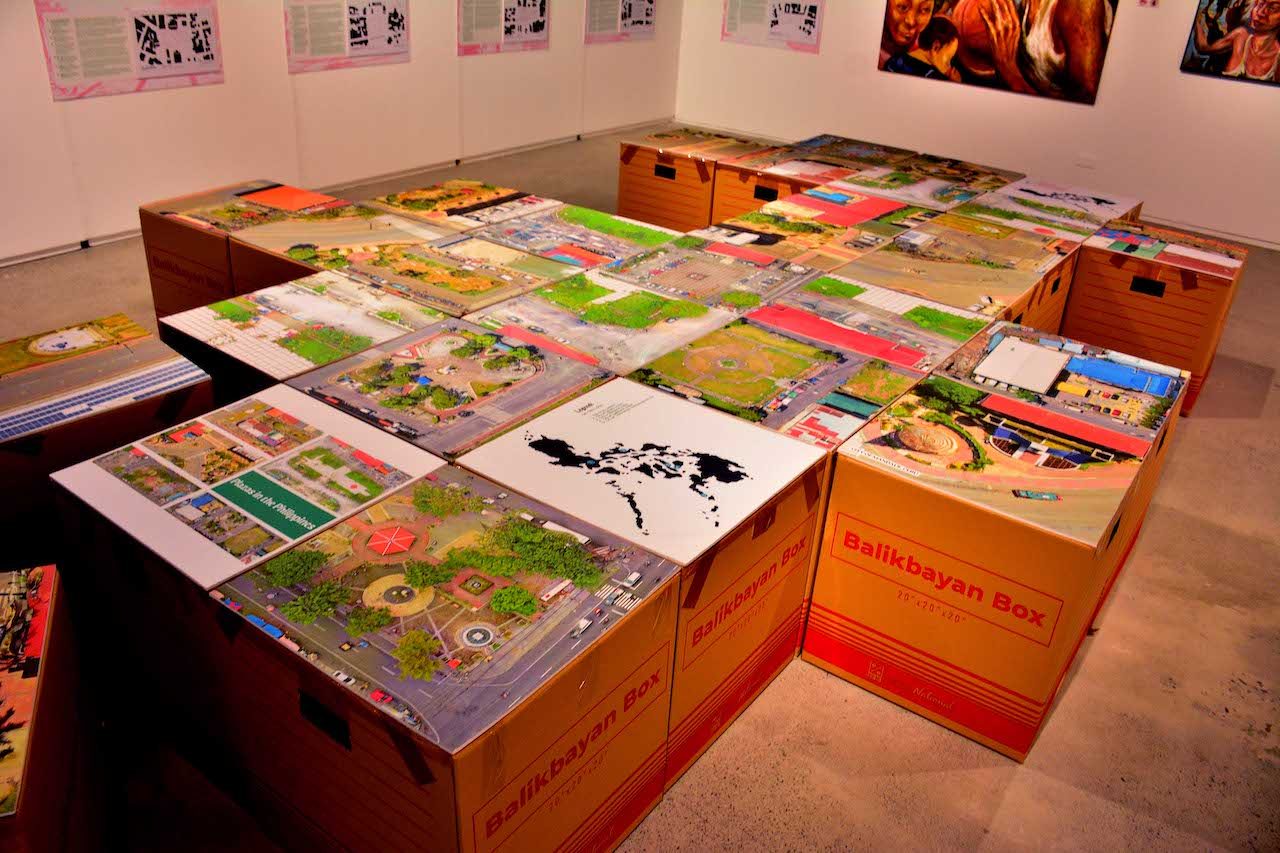
Since then, he has always been intrigued by plazas, and why there are so many of them in the Philippines.
As he explained, plazas have multiplied over generations, along with the population – but they didn’t grow at the same rate.
“In the Spanish period, there were only about 200 (plazas). The population was only about 7 million. And then when the Americans took over, we became 15 (million). And then before the war, we were 30 million. Today we’re 100 million, with 1,600 towns and cities,” he said.
The exhibit puts the spotlight on 16 plazas across the Philippines – from Manila, to Laguna, to Bohol, to Iloilo, and more. With drone images, street-level photos, maps, and detailed descriptions, people are transported to each plaza, which in itself showcases the unique culture and environment of the city it is set in.
Anchoring the exhibit are interactive installations: a giant puzzle where visitors can recreate one of the featured plazas, and a basketball court resplendent in fiesta banderitas – another ubiquitous public space in the Philippines.
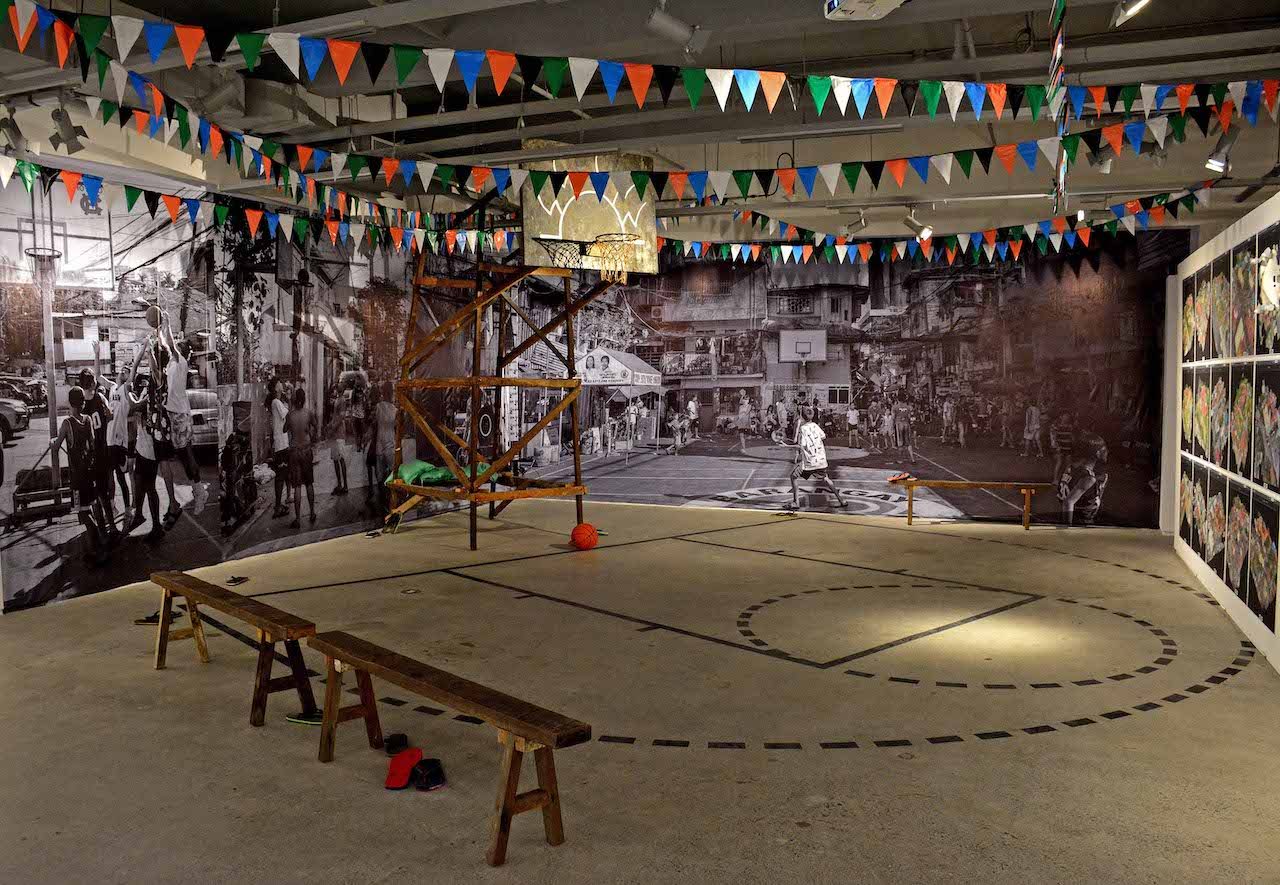
Public vs ‘quasi-public’
That an exhibit about public space is set in a museum in upscale, privately-owned Bonifacio Global City (BGC) adds another layer to the experience. The irony of it is not lost on Alcazaren, who drew comparisons between a truly public space like a plaza, and a “quasi-public space” like BGC.
“We have lost the art of building spaces, of building towns and cities that have a heart, which is the common public space. If you grew up in the provinces, they would all say, let’s go to the plaza, to the population. And the fiesta is there, the Flores de Mayo. The street dancing ends there. So all of these fiestas, they’re centered around that public space…this is not a space controlled by a private corporation,” he said.
By contrast, in commercial centers and malls, Alcazaren said “we are all subsumed under the interests of operations commercial agenda.”
“The spaces they create are designed so it forces you to buy something, not to enjoy yourself or the company of other people. Of course they will say that. But that’s all BS. So we have to recover that if we are to create places that we can really relate to.”
He explained that private developers now have ownership of more land than the government, and also have the financial capital to build things.
“But everything they build is towards the agenda of selling property or putting up stores to sell you something. You notice that in all of these townships, there’s no real plaza. They avoid any reference to any civic space with a monument or any functionality of government, except for some satellite offices, LTO, PRC, that sort of thing,” he explained. “But they won’t let you gather there to protest anything. You cannot express yourself as a community beyond anything that celebrates a sales season.”

It seems then that plazas may be key to saving people from drowning in commercial interests of private developers. Besides that, plazas, like heritage structures, are tied to our sense of pride and identity. They are, after all, where fiestas happen and protests take place.
Plazas are also, quite literally, breathing room.
“It’s open space. It’s the yin of a city versus the yang of the buildings.You cannot have the buildings without the spaces in the buildings…. You must have a balance of the built and the open,” Alcazaren said.
“Besides which, in this era of climate change and disaster, you need this open space as refuge, as a carbon sink to absorb all of the pollution,” he said. “You cannot have any quality of life in any city or town if you don’t have open space. In the center, that’s the plaza.”
Places of Memory, Places of the Heart: Plazas in the Philippines runs at the Metropolitan Museum of Manila until June 3. – Rappler.com
Add a comment
How does this make you feel?
![[Ilonggo Notes] Taking a heritage walk along Roxas City](https://www.rappler.com/tachyon/2024/06/provincial-capitol2.jpg?resize=257%2C257&crop_strategy=attention)

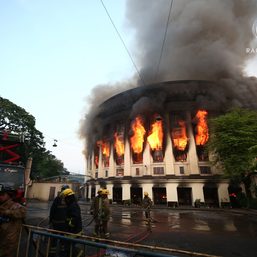
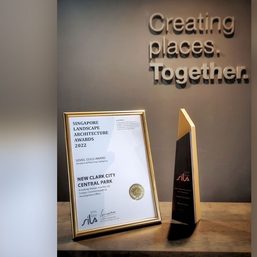
There are no comments yet. Add your comment to start the conversation.